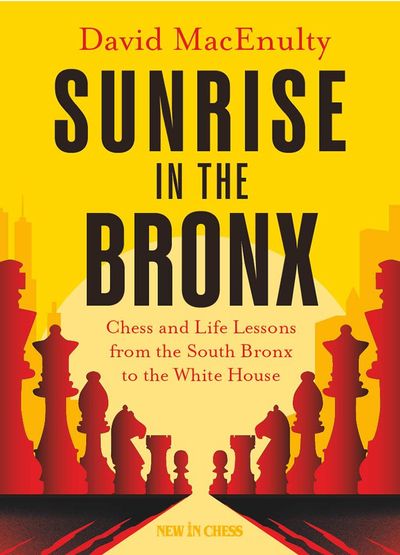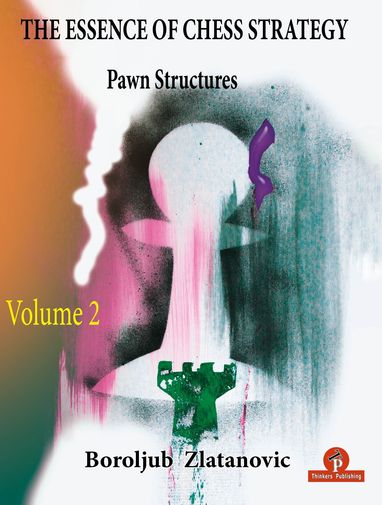In the beginning, books were the place where you could find information. We did not have the Internet, so a place was required to store information in case we needed to check something. Th ings have change d dramatically over the years. Every year, the amount of information increases. It’s impossible to know everything, because we don’t have the time or the ability to store all the information in our heads. Chess is, after all, a game. It’s important to find the best moves. You don’t need
to know everything about chess; what you need to know is the right things! This is why children now learn the game more quickly – they get the right information.
Even if they don’t know many things, they have the right patterns in their heads! This is my fi rst goal in this book. I want to give you ONLY the information that you need, no more, no less. Of course, this was not an easy task, but I tried my best.
Another thing I consider important is how the information is organized. The same information can be presented in many diff erent ways; sometimes we will understand it perfectly, sometimes not. In my opinion, it is very important that a chess book should follow pedagogical principles to improve the learning process! I therefore decided to separate the material as follows:
1. Introduction. Before entering the main lines, I think it is a good idea to show you some basics about the line. If I give you loads of lines, and you haven’t met the line before, everything will be much more difficult.
2. Historical games. When we were kids, we loved stories. Let’s go back to those times. I will show you some games I consider important; I will show you chess patterns. If you remember them, it will be much easier for you to understand what follows.
3. One page of theory. How can you know what to do if you don’t know where you’re going? On this page I will show you briefl y the path we will follow later.
4. The theory. You know some history, you know the patterns, now it’s time to know the good moves! I have tried to show you the most important lines. Of course everything was checked with a computer, so normally you can trust my analysis, although I’m a human and can make mistakes!
5. Understand it! In some variations, we will get typical middlegames where the concrete lines are not so important. Here I would like to check some positions more deeply, so that if you get them, you will have a clear plan.
6. Complete games and try it! I have given some model games and exercises which you can solve or not. The idea of these exercises is that you don’t just follow a game passively. At some point, I will ask you something and you should be ready to answer!
It would be easy for me to provide you only with opening knowledge, but you probably wouldn’t understand most of it, so this book will be your trainer. I will not only teach you how to kill these gambits, I will teach you middlegame and endgame principles; I will teach you why some moves are better from a practical point of view, no matter what the engine says; I will tell you some funny stories from time to time, just to make the book more interesting. Most of the opening information was ready a year ago, but I have been checking and adding to it constantly. The result is the book you have in your hands right now. I gave it my best; I hope you appreciate it!
Ivan Salgado
May 2018
 Excerpt
Excerpt


